Nearly 40 maritime experts have warned that OceanGate's Titan submersible was designed with unsafe materials.
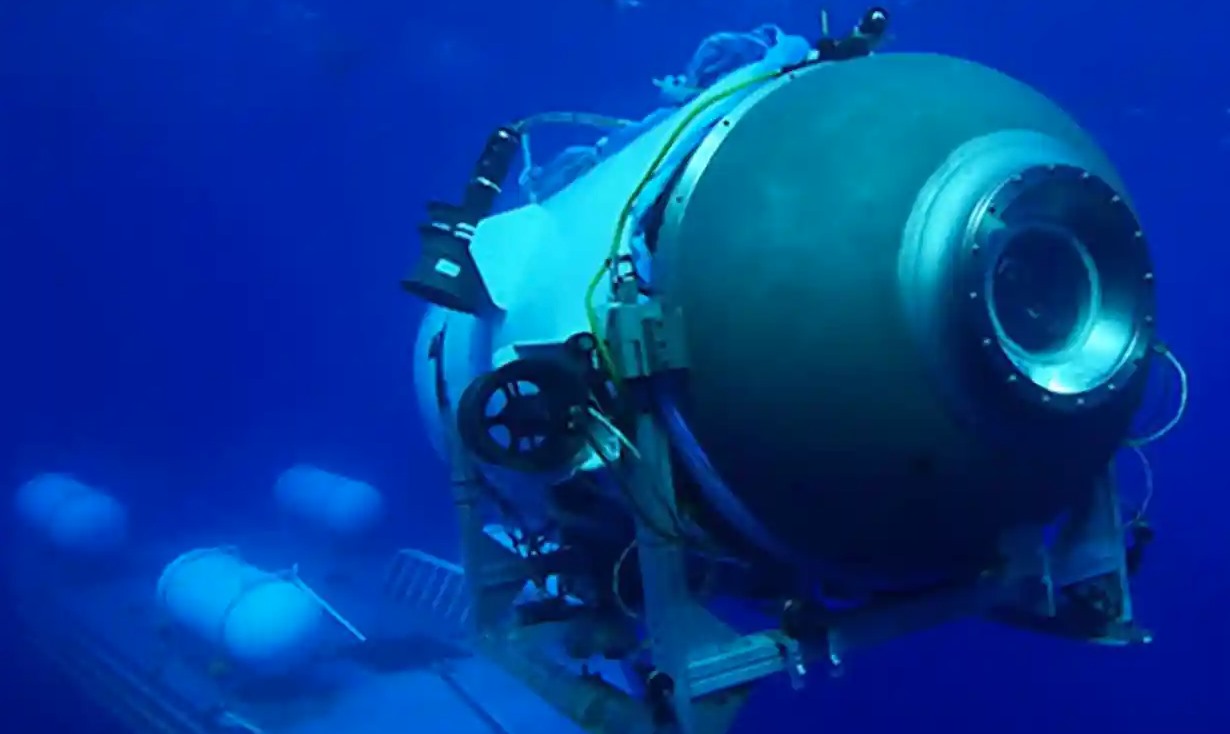
On June 18, local time, the Titan submersible carrying 4 passengers and 1 pilot went missing after 1 hour and 45 minutes of diving to visit the Titanic wreck at a depth of more than 3,800 meters at the bottom of the Atlantic Ocean with enough oxygen for 96 hours.
On June 22, CNN quoted a statement from the Coast Guard saying that the wreckage of the Titan submersible had been found in a “debris field” near the Titanic wreckage. The Coast Guard said that all five passengers on board had died in a “catastrophic explosion.”
The accident raises questions about the safety of submersibles. Reviews of OceanGate 's marketing materials, public statements by CEO Stockton Rush, and court filings were published by CNN in the wake of the Titan accident.
Accordingly, even though OceanGate made commitments about safety measures, they still ignored many industry standards required for the operation of the Titan submersible.
Thirty-eight experts in the submersible industry - including engineers, oceanographers and ocean explorers - have warned that the Titan's design is risky.
“OceanGate has gone against what we know about submersible design,” said Rachel Lance, a Duke University professor who studies the physiological requirements for underwater survival. “Some of the materials used in the Titan are ‘red flags’ for those working in the maritime industry.”
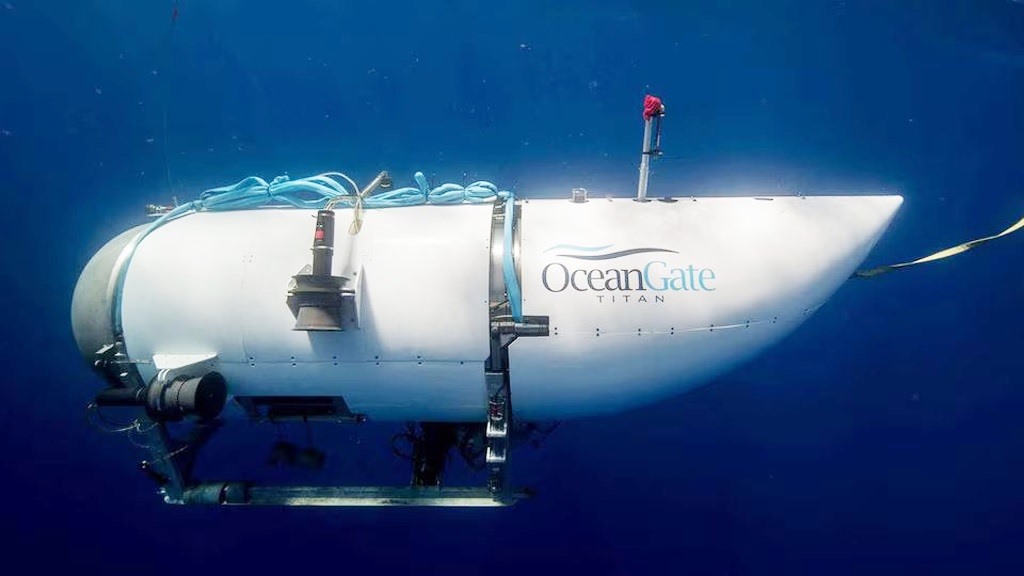
According to OceanGate, Titan includes “unique safety features,” including a full-body view of the hull during each dive. A 2021 press release also highlighted the vessel’s “multiple redundant systems.” However, in an interview with Pogue, Rush seemed unconcerned about safety.
“At some point, safety is just pure waste. I mean, if you just want to be safe, don't get out of bed. Don't get in your car or on your train. Don't do anything,” Rush said.
Two former OceanGate employees have spoken out about the safety of the Titan submersible. David Lochridge, the former director of marine operations from 2016 to 2018, has said he had concerns about the Titan’s unsafe design and substandard testing.
Lochridge also questioned OceanGate's plans to install a monitoring system on the ship, arguing: “The type of acoustic analysis being used would only show when a component is about to fail – typically 1/1,000th of a second before an explosion, and would not detect any faults once the ship is in trouble.”
OceanGate terminated Lochridge and sued him in 2018, arguing that he shared confidential information and used the company to facilitate immigration. The lawsuit said Lochridge was not an engineer but a pilot and diver.
An operator who worked around the same time as Lochridge also expressed concerns about the thickness and adhesion of the hull. He was eventually fired.
Professor Lance has made several statements of concern about the materials used to design the Titan spacecraft. “The unusual combination of materials poses a safety risk because they tend to weaken during repeated pressurization,” Professor Lance said.
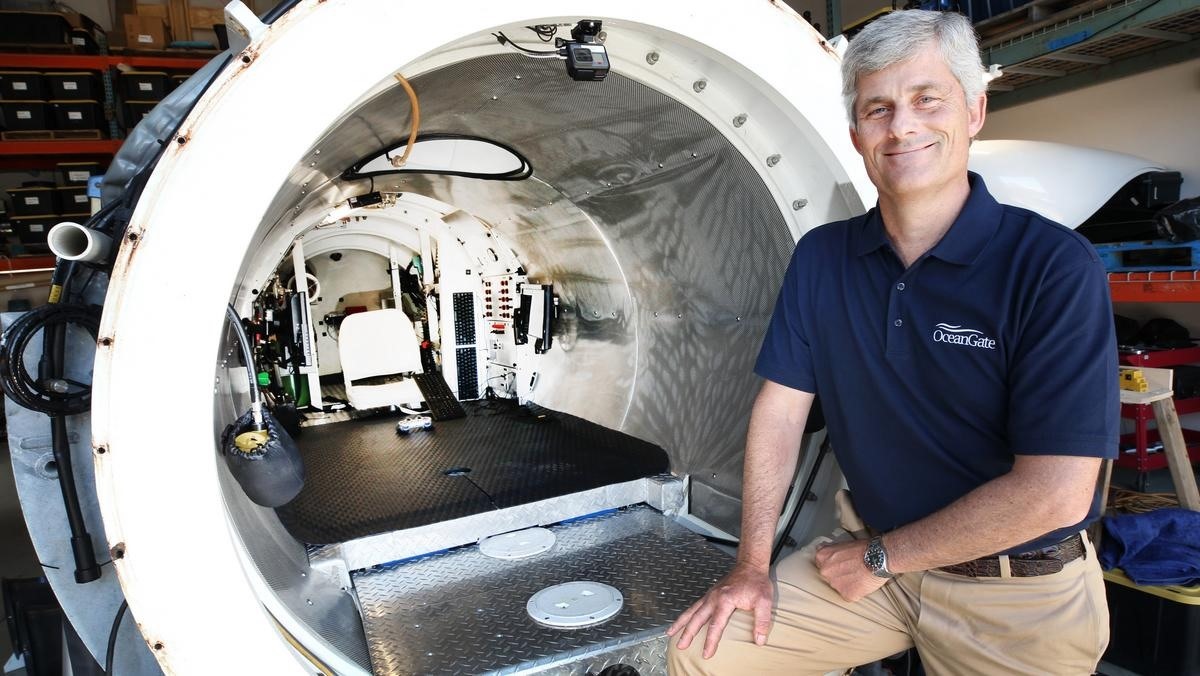
Rush seems to enjoy pushing boundaries, seeing industry standards as a barrier to technological advancement in exploration. The OceanGate CEO once admitted to a YouTuber that he “broke some rules” to build the Titan.
“You’re taking on a lot of risk, and the risk you take can impact the entire maritime industry,” Will Kohnen, chairman of the Marine Technology Association’s Submarine Committee, told OceanGate CEO in 2018.
The cause of the catastrophic explosion that killed Rush and four passengers on the Titan submersible remains unknown, but a Coast Guard official suggested at a press conference that safety regulations should be reviewed.
Laodong.vn




![[Photo] General Secretary To Lam attends the opening ceremony of the National Achievements Exhibition](https://vphoto.vietnam.vn/thumb/1200x675/vietnam/resource/IMAGE/2025/8/28/d371751d37634474bb3d91c6f701be7f)


![[Photo] National Assembly Chairman Tran Thanh Man holds talks with New Zealand Parliament Chairman](https://vphoto.vietnam.vn/thumb/1200x675/vietnam/resource/IMAGE/2025/8/28/c90fcbe09a1d4a028b7623ae366b741d)






![[Photo] Imprints of the National Day parade in history](https://vphoto.vietnam.vn/thumb/402x226/vietnam/resource/IMAGE/2025/8/26/06b4ba9c0cba42dcb9bf559ed79a0a4d)











![[Photo] Images of the State-level preliminary rehearsal of the military parade at Ba Dinh Square](https://vphoto.vietnam.vn/thumb/1200x675/vietnam/resource/IMAGE/2025/8/27/807e4479c81f408ca16b916ba381b667)



























































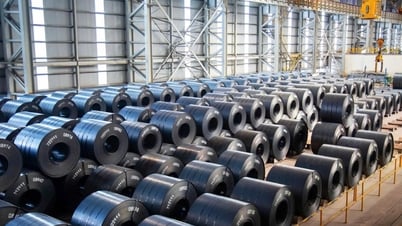
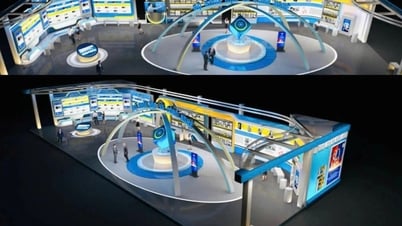











Comment (0)